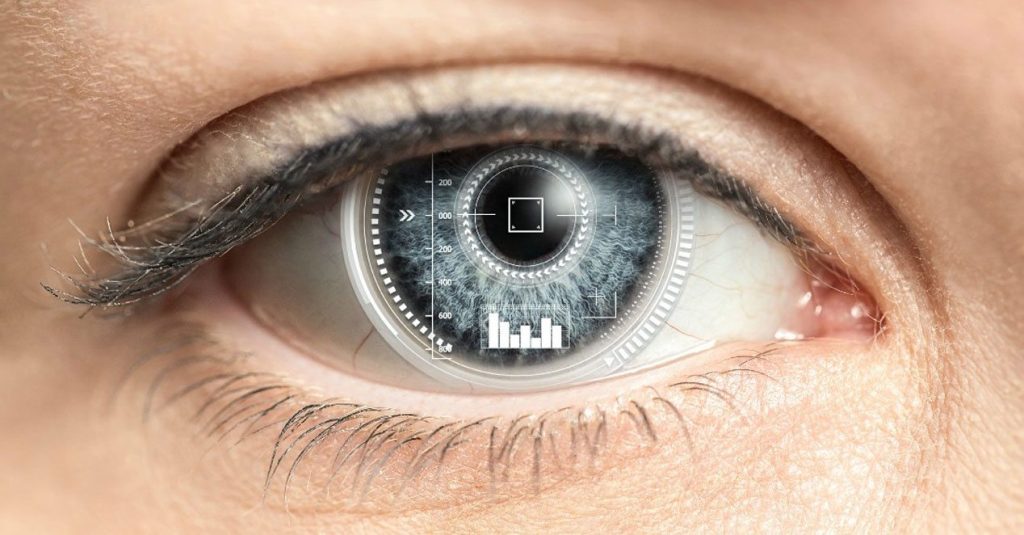New research shows that diabetics with sleep apnea are at high risk of developing an eye condition that can lead to vision loss and blindness.
The eye condition is diabetic macular edema, and the study, conducted in Taiwan, found that the degree of a person’s sleep apnea correlates with the severity of the patient’s diabetic macular edema.
“Based on these results, we hope that more medical professionals will approach sleep apnea as a risk factor for diabetic macular edema,” said Dr. Juifan Chiang, the study’s lead researcher. “This could allow for earlier medical intervention so patients can keep more of their vision and preserve their overall health as much as possible.”
What is diabetic macular edema?
When people with diabetes have poor control over their blood sugar levels, the tiny blood vessels at the back of the eye can become damaged. This condition is called diabetic retinopathy and it’s a leading cause of blindness in the United States. 
Sometimes, the blood vessels leak fluid and blood into the retina. This fluid can cause swelling or edema in an area of the retina that allows us to see clearly. 
What is sleep apnea?
Sleep apnea is a sleep disorder in which breathing repeatedly stops and starts, disrupting sleep and causing blood oxygen levels to drop. This drop in oxygen appears to cause changes in the body that may play a role in injuring blood vessels.
How to Prevent Diabetic Macular Edema associated with Sleep Apnea
If you have diabetes, see your eye doctor, family doctor and endocrinologist regularly. Avoid foods that cause rapid spikes in blood glucose, such as white rice, white breads and other processed white flour items. Strive to lose weight, the most effective way to lower blood glucose for Type II diabetics. See your
Snoring is not the same as sleep apnea. See your doctor if you or your loved one suspects that you are obstructing at night. Strive to lose weight. Consider a bad that elevates slightly. Discuss CPAP with your doctor. Other treatments are available for sleep apnea.















